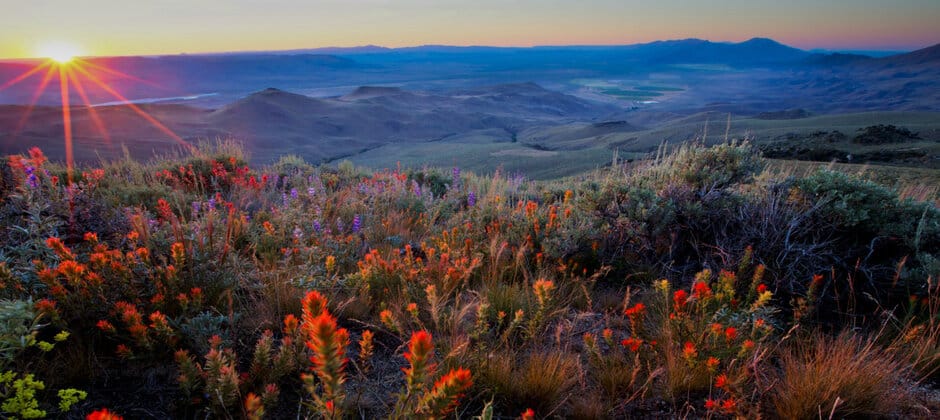Share this article
TWS and other societies support ’30 by 30′ initiative
The Wildlife Society joined two professional forestry societies in expressing their support for the U.S. administration’s efforts to conserve 30% of the nation’s lands and waters by 2030.
Known commonly as “30 by 30,” this conservation goal became a national priority in January when President Biden signed an executive order on “Tackling the Climate Crisis at Home and Abroad.” The Wildlife Society, the Association of Consulting Foresters and the Society of American Foresters wrote a letter to U.S. Secretary of Agriculture Thomas Vilsack emphasizing that natural resource professionals will be key allies in the administration’s efforts to address climate change and pursue the 30 by 30 initiative.
In the letter, the societies highlight natural resource professionals’ role in ensuring science-based management of public and private landscapes across the nation. They also warn against broad policies that ignore regional and local concerns. “One-size-fits-all approaches that do not reflect the unique needs and challenges across different landscapes and ownerships will not provide long-term solutions,” the letter reads.
Instead, the coalition of professional societies stresses that working alongside natural resource experts will ensure that conservation strategies maintain quality habitat for fish and wildlife, while also meeting changing environmental, social and economic needs. The groups emphasize that “30 by 30” must incorporate a broad range of conservation strategies, including actively managed and working landscapes.
“We urge you to view conservation as a continuum of preserved lands to managed and working lands,” the letter says. “This concept gives value to all lands contributing to the sustainability of forests for habitat and local economies.”
Calls to recognize lands managed for multiple uses under “30 by 30” have also been raised by sportsperson groups, which have launched a Hunt Fish 30×30 campaign.
The U.S. administration is working with the Departments of Interior and Agriculture along with outside partners to clarify which lands and waters qualify under “30 by 30” goals. Opportunities for engagement with leaders in the Department of the Interior on the parameters of this initiative are expected in the coming months.
Read TWS’ Position Statements on Incorporating Wildlife Needs in Land Management Plans and the Use of Science in Policy and Management Decisions.
Header Image:
Natural resource professionals are key allies in developing plans for the national “30 by 30” initiative, a coalition of professional societies that includes TWS said in a letter to Agriculture Secretary Vilsack.
Credit: Bob Wick/BLM








